Día de los Muertos, What Is It?
El Día de los Muertos (The Day of the Dead) is a holiday that takes place from Oct. 31 to Nov. 2. Though celebrated in many Latin American countries, Día de los Muertos is mostly associated with Mexico, where this holiday originated.
Day of the Dead honors those who have passed away with enthusiastic celebrations, delicious foods, and refreshing drinks. Día de los Muertos recognizes death as a natural part of life. This event is not the Mexican version of Halloween, although they both seem similar by sharing aspects such as costumes and celebrations.
This tradition believes that the border between the spirit world and the real world is opened for a brief time and those who have passed on are able to reunite with their loved ones. During this time the souls of the dead are able to return to the living world and feast, play music, dance, drink, and see their family.
Loved ones who are still alive honor their guests by making ofrendas or leaving gifts on their gravesites. An ofrenda is an altar that you decorate with the passed ones favorite foods, and you also place candles, fruits, drinks, pan de muerto (bread of the dead), and bright cempasuchil (marigolds).
Oct. 31 is only the beginning of the festivities for when the doors between both worlds are opened. On Nov. 1, “Día de los Inocentes” is celebrated, this day honors and remembers the memories of children who have passed away, which they refer to as “angelitos.” Nov. 2 is All Souls Day, this is usually reserved to honor those who were adults when they died.
Some of the most notable symbols of Día de los Muertos are calaveras and calacas (skulls and skeletons). According to History.com, “In the early 19th century, the printer and cartoonist José Guadalupe Posada reenvisioned Mictecacíhuatl, the Aztec goddess of the underworld, as a female skeleton known as La Calavera Catrina, now the most recognizable Day of the Dead icon.”
Día de los Muertos is a special occasion that happens every year. It’s the time of year where families come together to honor and remember their loved ones who have passed on from this world. Yet it is also a portrayal of death in a more heart-warming light.
Your donation will support the student journalists of Canyon High School. Your contribution will allow us to pay for our print issue magazine, website, and equipment costs.
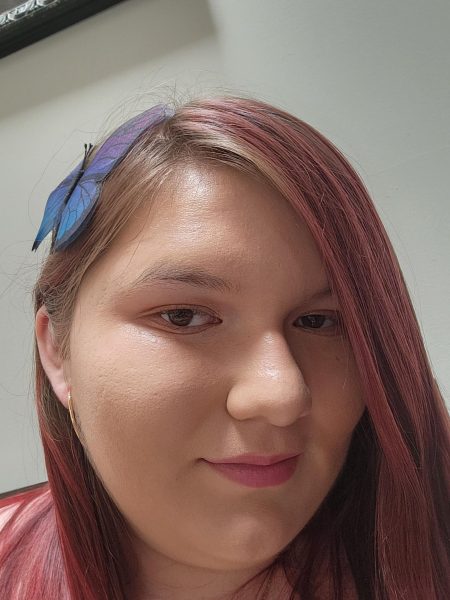
Rhonda Corona is both a section editor and a graphic designer for the Pony Express. She is in her fourth year of Journalism and she mainly writes about...

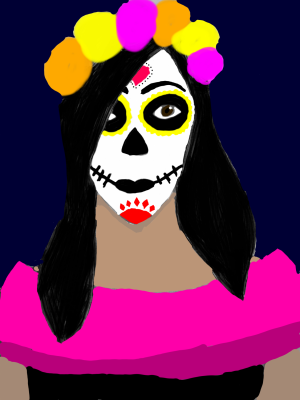
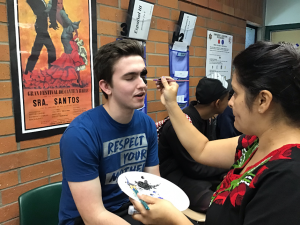
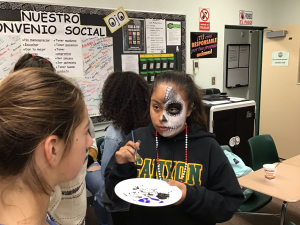
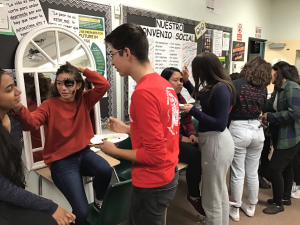
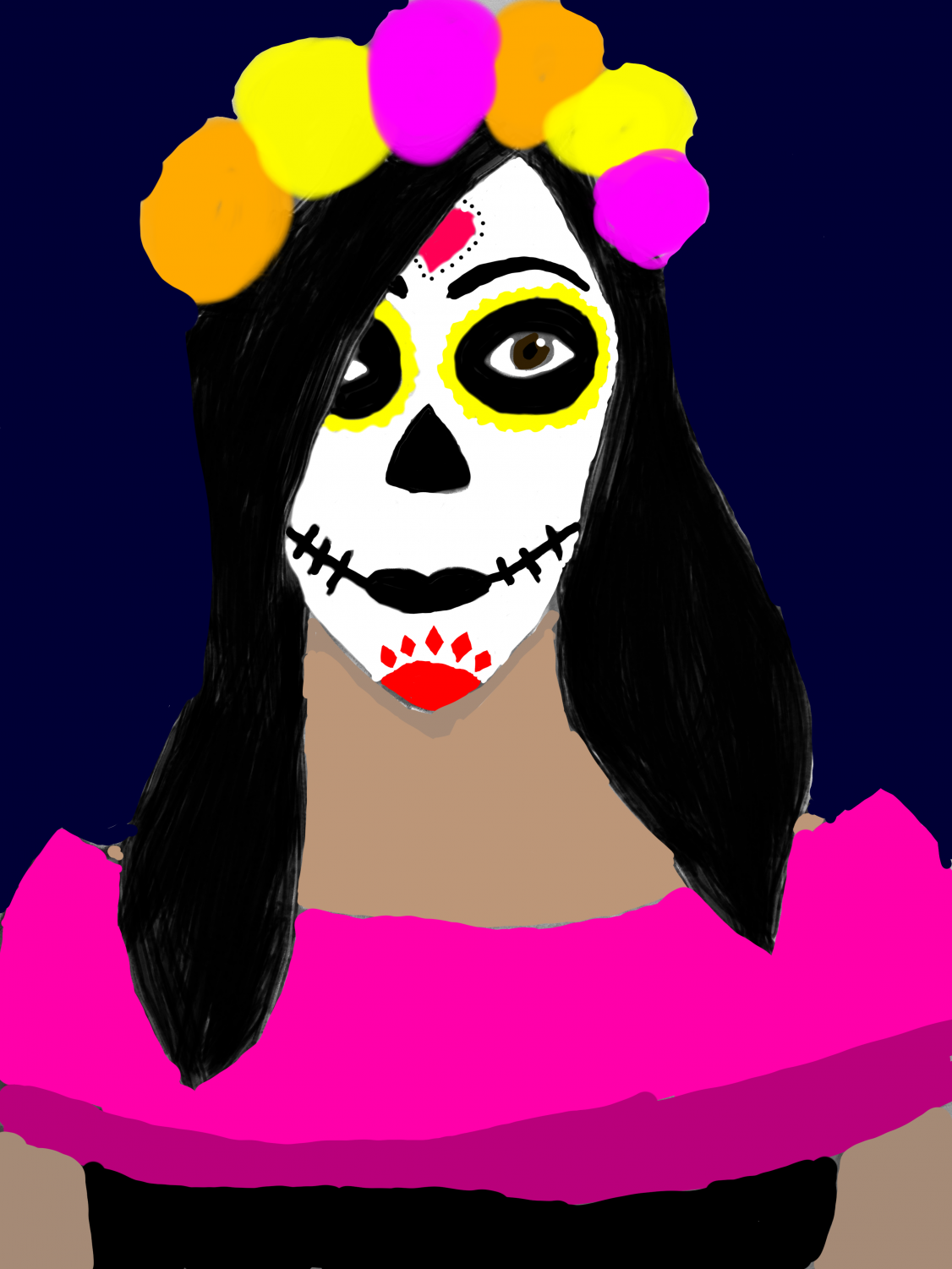
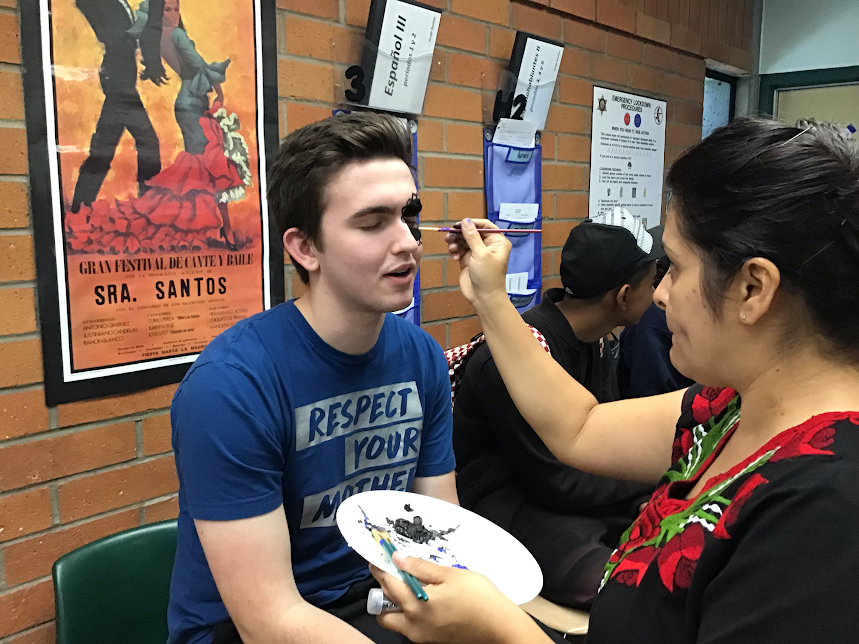
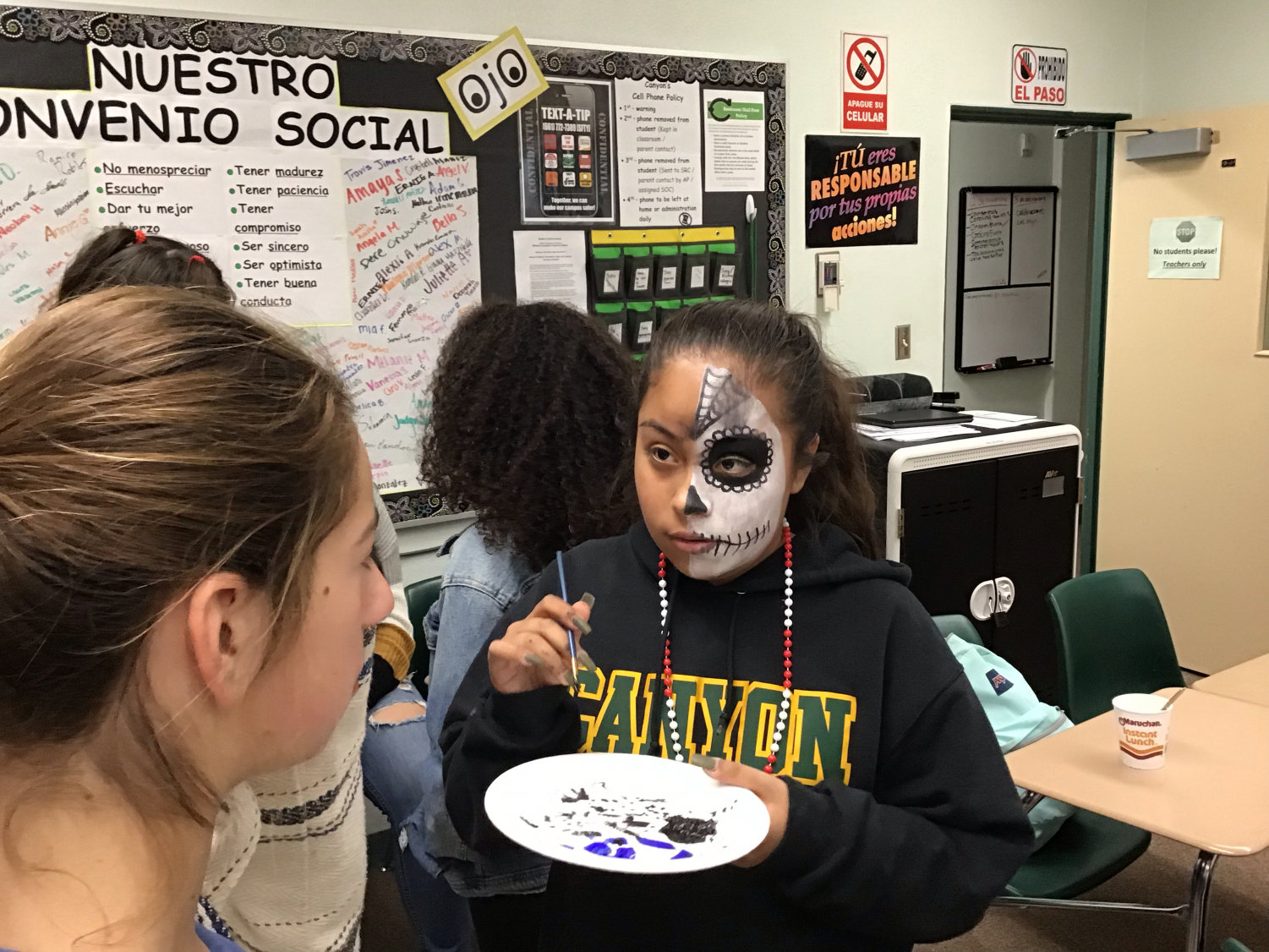
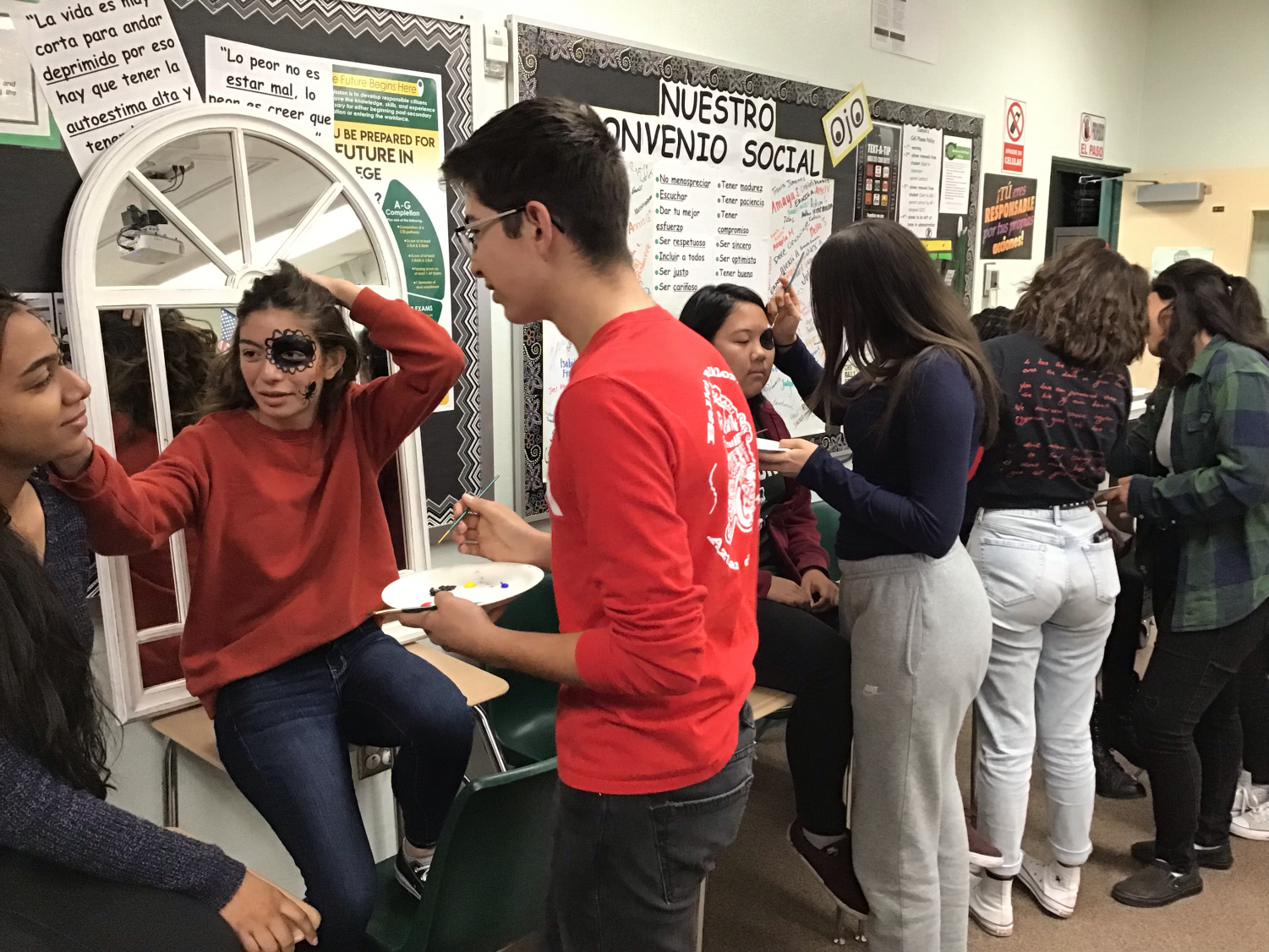
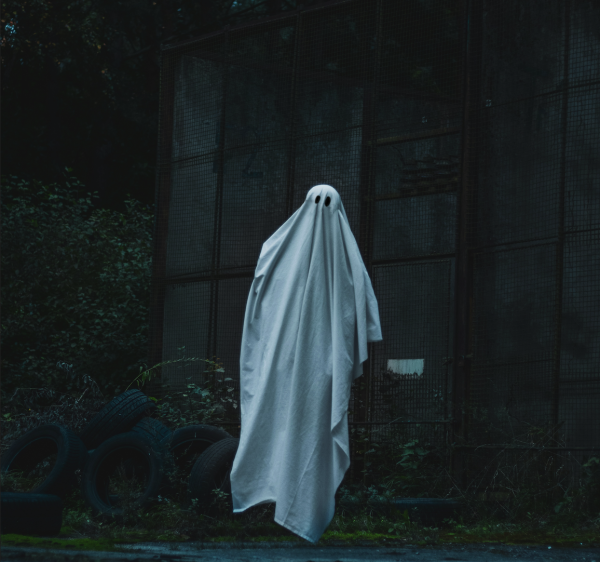
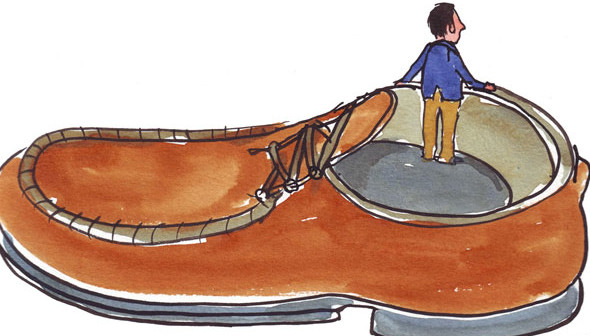


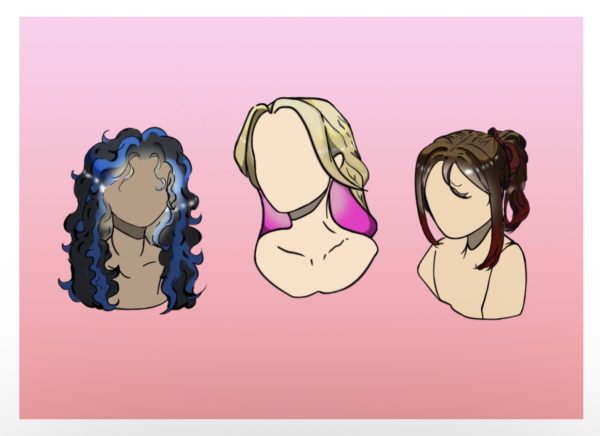
Valentina Santos • Oct 30, 2020 at 2:40 pm
Beautifully written! Gracias.